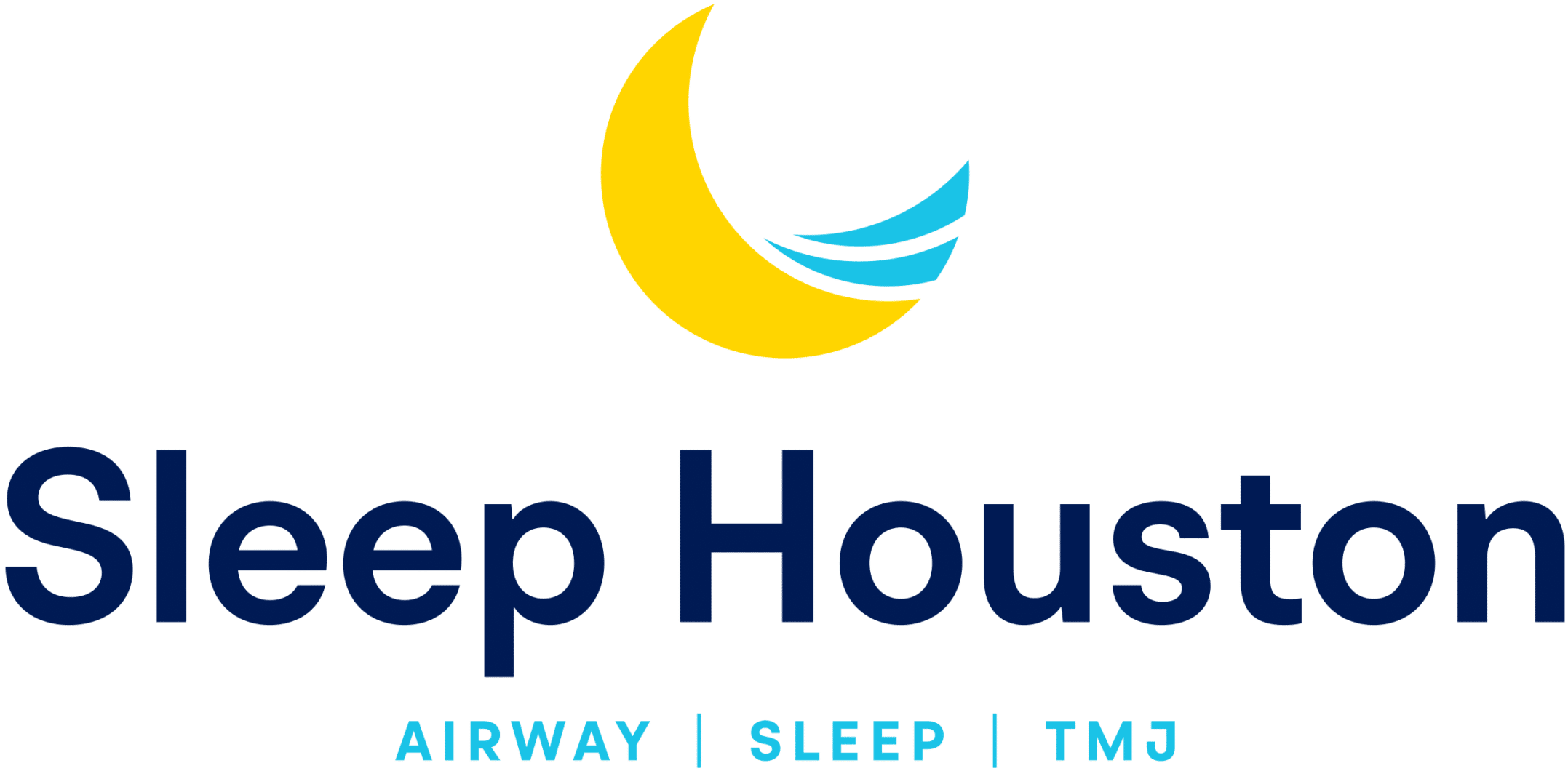Do you have excessive daytime sleepiness, lack of concentration or memory difficulties? Do you fall asleep at work, on the phone or driving? You could be suffering from undiagnosed Obstructive Sleep Apnea, which is a far more common condition than is generally understood.
Sleep apnea was first described in 1965, making it a relatively newly defined medical condition. Characterized by the cessation of breathing during sleep, Obstructive Sleep Apnea (OSA) occurs when air cannot flow into or out of the person’s airway and lungs in spite of continuing efforts to breathe. When this occurs on an ongoing basis the person is sleep deprived and the tissues are oxygen starved. This is a dangerous situation as it slowly drains the vitality out of the unsuspecting sufferer. The sleep apneic person often does not know why they wake up feeling tired and doze off easily during the day, when in fact they have repeatedly cycled through as many as 200 sleep apneic events all night long.
Sleep apnea is most common in men over 40, and it is estimated that it remains undiagnosed in as many as 23 million people in the United States. The most likely individuals to have sleep apnea are people who snore, are overweight, and have an airway anatomy that contributes to obstructing the airway. This includes a large broad tongue, uvula, or a soft palate that curves back and down into the lower throat area.
Loud snoring is the sound that comes from air moving through an airway that is not fully open causing the soft wet tissues to vibrate against each other creating sound. The “freight train” snoring annoys everyone, but the snorer has been identified as a key indicator for sleep apnea.
Why do we tend to snore as we get older? With maturity, we all tend to gain a little weight and lose muscle tone in the back of our throat. Then as we relax in sleep, gravity pulls our tongue into the back of the throat, creating an obstruction in the airway. Once the airway closes the brain stops receiving oxygen. Ten seconds to two minutes may pass with no airflow and therefore no oxygen.
The carbon dioxide builds up in the body then hits a “trigger” that alerts the brain to resume breathing. A release of adrenalin by the brain arouses the person and causes the heart to pump harder and faster to get oxygen to the tissues. This causes blood pressure levels to soar and puts these individuals at higher risks for heart attacks, strokes, poor daytime performance, and accidents related to drowsiness.
These events occur without the person fully awakening and is often accompanied by a short choking or gasping sound and the cycle then repeats throughout the night. The snorer is unaware, but the bed partner often hears or witnesses these events.
This involuntary cessation of breathing results in severely fractured sleep patterns preventing the person from entering the critical REM sleep cycle and deprives the brain and organ systems of precious oxygen. When this OSA condition occurs year after year it slowly creates severe physiological changes that are associated with oxygen and sleep deprivation.
This condition is a slow creeper that sneaks in under the health radar wearing down the person over a long period of time. It is not a situation where one day a person wakes up with sleep apnea. It often starts with snoring episodes that escalate into full blown sleep apnea. The sufferer most often just thinks that they are slowing down with age, and that this lack if vitality and energy is the natural consequence of maturity.
The “Gold Standard” for treating patients diagnosed with sleep apnea has always been Continuous Positive Air Pressure (CPAP) systems. These devices consist of a mask strapped over the nose with air hoses forcing compressed air past the obstructed airway and into the lungs.
Studies show that over 60% of CPAP patients end up abandoning this treatment in the first 90 days for a variety of reasons that simply keep them from adapting to this tethered air pressure system. Without treatment the sleep apnea condition resumes and the syndrome of sleep deprived symptoms of depressed energy levels and daytime sleepiness returns.
Fortunately, recent FDA approvals of oral appliances provided by dentists working together with medical sleep specialists have given new alternatives to patients unable to adapt to the CPAP treatment. These oral devices work by using a custom fitting appliance much like an orthodontic retainer that repositions the lower jaw down and forward. Since the tongue is attached to the jaw, the appliance brings the tongue forward and prevents it from dropping back into the throat obstructing the airway. Sleep apnea patients now have a comfortable alternative to the CPAP “gold standard” of treatment and getting their energy, health and life levels back again.
The only way to be sure if you have sleep apnea is to have asleep test from a qualified sleep physician, but for a quick and simple test to see if you may be suffering from sleep apnea go to www.sleephouston.com. A score of 9 or above on this test is an indication that you should see your doctor.

